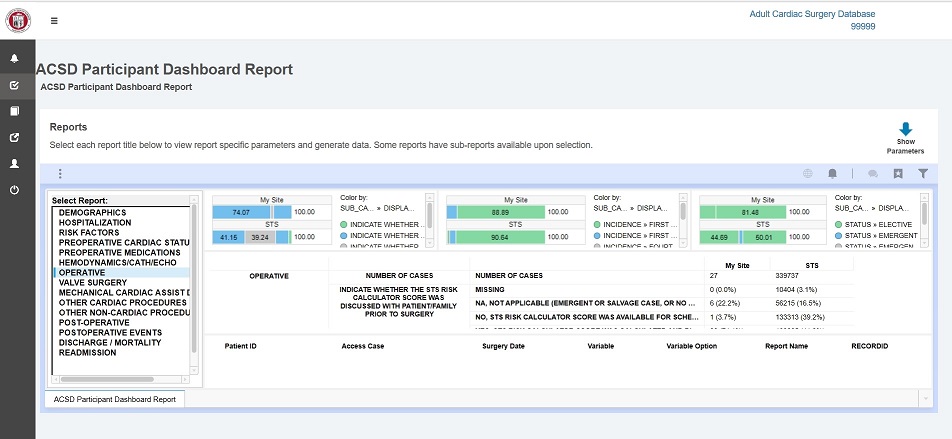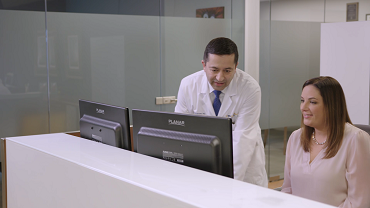STS News, Summer 2020 — The Congenital Heart Surgery Database recently joined its adult cardiac and general thoracic registry counterparts in formally transitioning to the new online, real-time, interactive STS National Database platform.
“This extremely important achievement is the culmination of several years of work and will enhance how our participants interact with their data for the benefit of our patients,” said Felix G. Fernandez, MD, MSc, chair of the STS Workforce on National Databases.
For some practices, the next generation Database not only is transforming how surgeons work with their data managers, but it also is changing the speed at which quality improvement is implemented.
Recent Changes
Several new Database enhancements were rolled out on July 1, including direct data entry for the Adult Cardiac Surgery Database (ACSD) and General Thoracic Surgery Database and a software upgrade (version 4.20) for the ACSD. This upgrade was long-awaited because it provides approximately 30% fewer data entry fields, significantly reducing the data entry burden without sacrificing the granularity or robustness of the data. Fields that were not necessary for quality measurement or those not often completed were among the data elements that were removed.
Because the COVID pandemic forced many hospitals to reassign data managers to clinical duties on a temporary basis, the Society has delayed data harvests and postponed the next round of public reporting results until early 2021. In addition, COVID variables were added as data fields, allowing sites to note which patients were COVID positive so that outcomes from these patients could be analyzed separately.

The transformed Database represents a sea change for the thousands of users worldwide. As a result, the Society is doing everything possible to keep data managers, vendors, and participants informed about the new platform’s myriad features. Since early January, more than 50 webinars have been conducted highlighting the new functionality and key elements, gathering user experiences, and answering questions. These webinars are available on the STS YouTube channel, as well as the Society’s website at sts.org/databasewebinars.
Future Innovations
In a year that has already seen a monumental transformation of the STS National Database and a global health pandemic, behind-the-scenes work on other Database enhancements continues to move forward.
“Our next steps are to incorporate additional valuable tools to view risk-adjusted outcomes,” said Dr. Fernandez. “We also will be looking to add other sophisticated measures of performance such as cumulative sum (CUSUM) analyses and variable life adjusted display (VLAD) curves.”

Vinay Badhwar, MD, meets with Melissa Sagosky, RN, about new features for the Adult Cardiac Surgery Database, which include direct data entry and approximately 30% fewer data entry fields.
CUSUM charts can be valuable tools in problem solving because they reveal when a change has occurred, offering the opportunity to confirm or eliminate potential causes; VLAD curves are used to measure health care quality and patient outcomes.
“The planned new interactive dashboards will provide a ‘window’ through which participants can view the rich legacy of the STS National Database,” explained Vinay Badhwar, MD, chair of the STS Council on Quality, Research, and Patient Safety. “At an institutional level, we can compare our real-time data to STS benchmarks. We also can use the dashboards to change time intervals and detect subtle changes in different subtypes of comorbidity or mortality with various operations. In addition, we can extract and present the data in a dynamic way during quality meetings to really have our teams get a good grasp of the information and implement change if change is required.”
For Dr. Badhwar, the Database transformation was the first step in what he says will be a “lasting shift” in how cardiothoracic surgeons manage patients. “Having access to our data in real time and being able to implement quality change more rapidly, one would hope that all institutions will use this resource as a primary tool in quality assessment. Perhaps the availability of this valuable information will prompt increased regularity of institutional quality meetings. We hope that this will be a tide that lifts all boats for our specialty,” he said.
> For more information about the STS National Database, contact STSDB@sts.org.